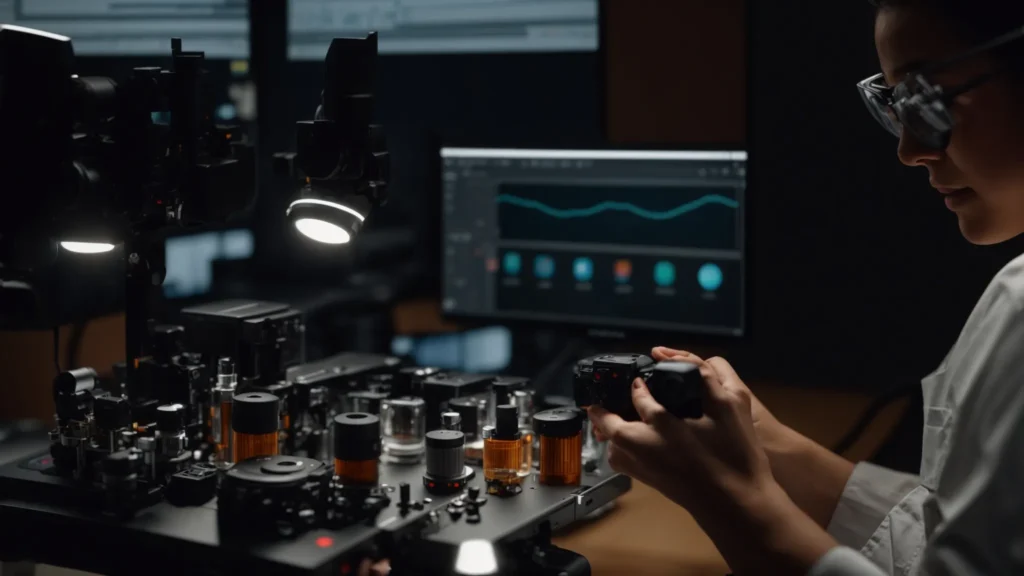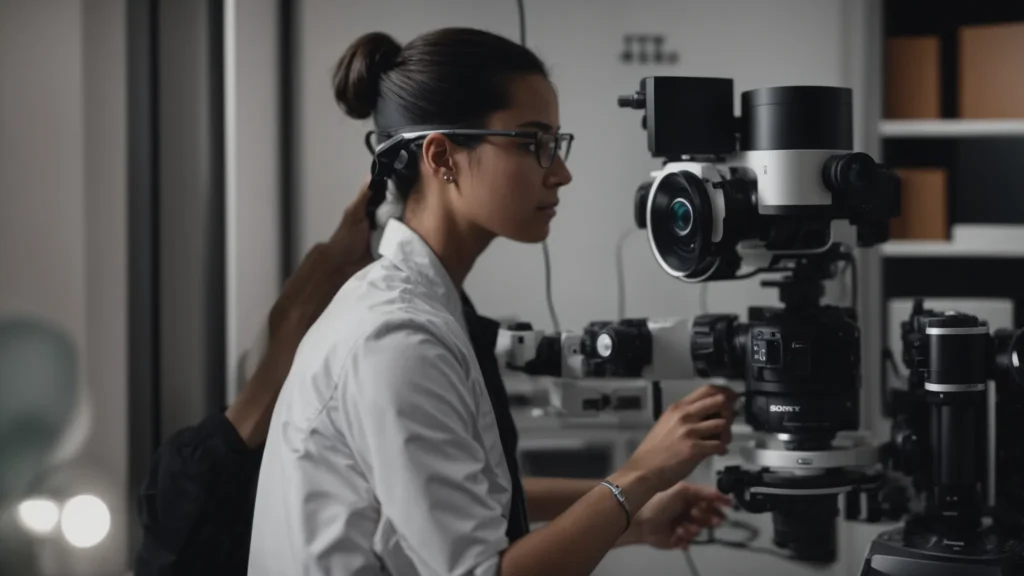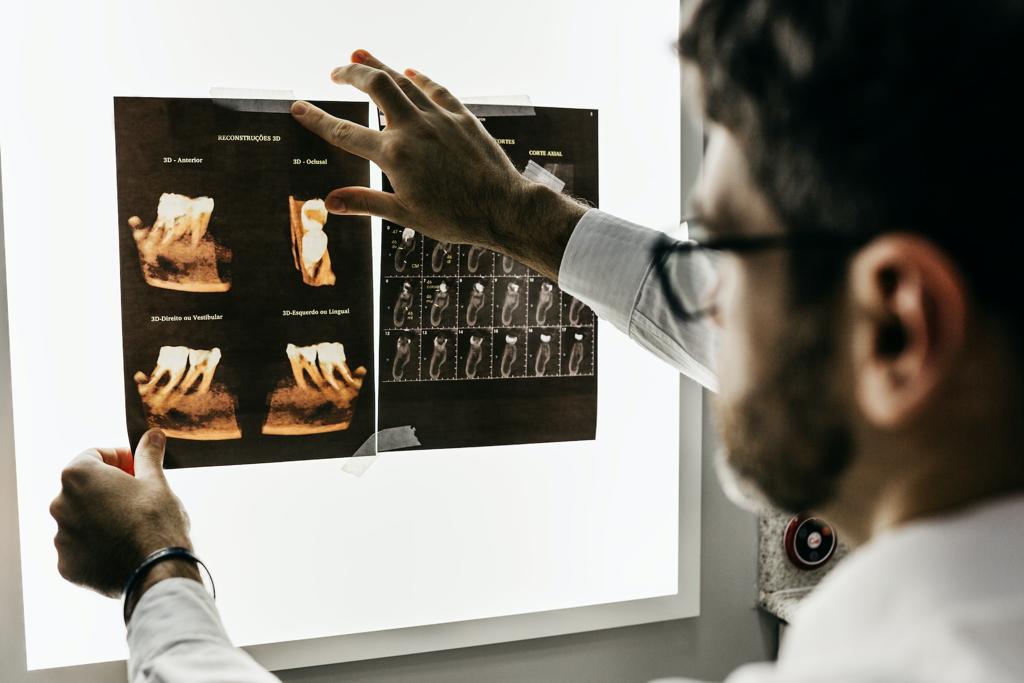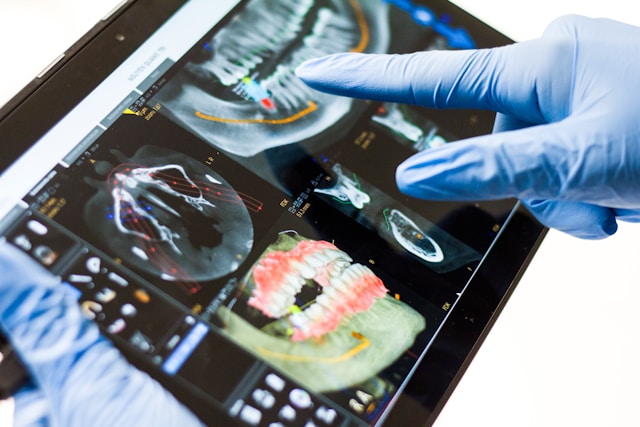
In the realm of audiology, the precision of hearing assessments and the reliability of hearing aids are tantamount to providing exceptional patient care. Audiology equipment maintenance, intricate by design, demands to operate at its best. Regular upkeep not only extends the life of these valuable devices but also ensures that audiologists can deliver accurate diagnoses and tailor effective treatments for hearing impairments. This article will delve into the ways that scheduled maintenance underpins the performance and longevity of audiology instruments. Keep reading to understand why this practice is not a luxury but a necessity for professionals in the field.
Understanding the Role of Regular Maintenance in Audiology Equipment Performance
Audiology equipment is comprised of delicate components that can degrade over time, impacting their function and accuracy. Regular maintenance is pivotal in identifying wear and tear before it evolves into a serious problem that could compromise patient outcomes. Recognizing this need is the first step toward preemptive measures that keep devices in prime condition.
Technicians trained in calibrating and repairing these instruments know the intricacies involved in audiology equipment care. Routine check-ups allow for adjustments to be made that recalibrate devices to the manufacturer’s specifications, ensuring consistent performance. This level of attentive care is crucial in maintaining the integrity of the equipment.
When devices are properly maintained, audiologists can trust the data produced during patient assessments. Regular maintenance mitigates the risk of misdiagnosis due to equipment failure, supporting the professional’s ability to make informed decisions about patient care. The role of uniform equipment operation in the success of treatment plans cannot be overstated.
Key Benefits of Maintaining Audiology Equipment Regularly
One of the foremost benefits of regular equipment maintenance is the assurance of accurate measurement and testing results. Precision is critical in audiometry, and a well-maintained device is key to obtaining this level of precision. Skilled technicians ensure that hearing tests yield reliable data that form the foundation of any treatment plan.

Additionally, the avoidance of equipment failure is a significant advantage. Breakdowns can disrupt the workflow of audiology clinics, leading to appointment cancellations and loss of revenue. By scheduling regular maintenance, practices can preempt potential technical difficulties, enhancing operational efficiency and patient satisfaction.
Consistent upkeep also extends the lifespan of audiology devices. The cost of replacing sophisticated machinery can be substantial, and frequent maintenance appointments can defer these expenditures by keeping current equipment functional for longer periods. Invested care translates to long-term savings for healthcare facilities.
Common Maintenance Practices for Audiology Devices
Routine audiology device maintenance includes a variety of practices. Visual inspections help identify any external damages that could affect the equipment’s performance or pose a safety hazard to the user. This primary check is often the first line of defense against gradual deterioration.
Internal assessments, such as verifying electronic components and connections, are also critical. Audiologists and technicians look for signs of wear, soldering issues, or other internal conflicts that may not be immediately apparent yet can seriously hamper functionality. This internal scrutiny helps to preserve the intricate workings of the sensitive equipment.
Calibration checks, where devices are adjusted to match standardized settings, uphold measurement accuracy. The calibration process involves sophisticated steps often undertaken by trained professionals. This attention to detail ensures audiology equipment performs to its highest potential with each use.
How Regular Maintenance Influences Diagnostic Accuracy in Audiometry
When it comes to audiology diagnostics, inaccurate readings can lead to misdiagnosis and consequent mistreatment, making precision the cornerstone of audiometry. Regular maintenance serves as a guarantee that the equipment presents true readings, empowering audiologists with the confidence to make critical decisions. The consistency assured by sustained equipment care directly translates into better patient outcomes.
Calibrated equipment provides a semblance of control in an otherwise variable process. Each patient presents unique challenges, and the assurance of equipment accuracy means one less variable that might alter the treatment course. Uniform testing conditions are crucial for comparing patient records over time to track the progression or improvement of hearing conditions.
Maintaining an accurate baseline for all tests is another facet where consistent maintenance plays a role. As patients return for follow-up visits, the ability to rely on initial test results as a benchmark for progress is invaluable. Without regular upkeep, discrepancies could unduly influence these comparisons, possibly altering patient care plans.
The significance of regular maintenance in the audiology sector is multifaceted, affecting everything from patient care to financial management. It ensures not only the smooth operation of clinics but also the accuracy and reliability of audiometric assessments that are central to effective hearing healthcare. It reveals a commitment to excellence and underscores the irreplaceable role of precise, well-tended audiology equipment in the lives of those with hearing impairments.



